Bedding evergreen plant for a border
bluehaven_gweb
10 years ago
Related Stories
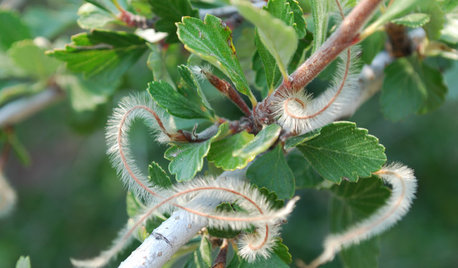
GARDENING GUIDESGreat Design Plant: Curl-Leaf Mountain Mahogany, an Easy Evergreen
Use it as an accent plant or mass it as a screen; this pine and spruce alternative is a hard worker in dry, cold climates
Full Story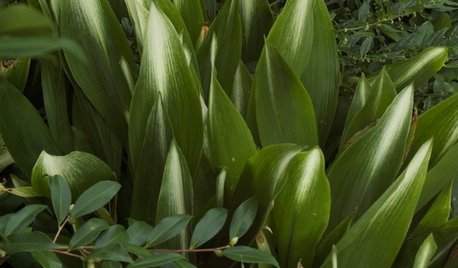
LANDSCAPE DESIGN7 Evergreen Wonders of the Plant World
Year-round interest, structure and beautiful color? These top-notch evergreens have gardens covered
Full Story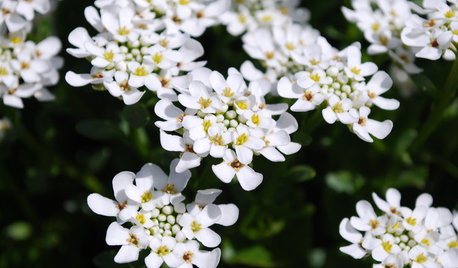
GROUND COVERSGreat Design Plant: Evergreen Candytuft for Glossy Winter Foliage
Keep your garden green through frosty days with this woody subshrub — then delight in sparkling white flowers come spring
Full Story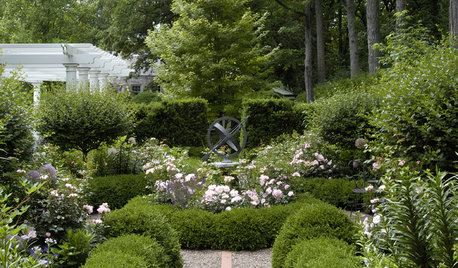
LANDSCAPE DESIGNDefine Your Garden Softly With Planted Borders
Why make things hard for your garden's edges? Embrace a softer side by trading brick and concrete for shrubs, grasses and ground covers
Full Story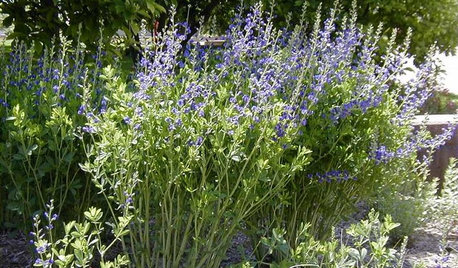
GARDENING GUIDES5 Great Plants for Borders and Screens
Get the effects of a shrub but in less time — and drawing more winged pollinators — with these herbaceous perennials
Full Story
CONTAINER GARDENSSolve Your Garden Border Dilemmas With Planted Pots
Set your containers free from the patio — placed among plantings in the ground, they fill unsightly gaps, let you experiment and more
Full Story
LANDSCAPE DESIGNWarm Up Your Home With an Evergreen Windbreak
Plant tall trees for more warmth in winter, serenity in summer and good looks all year long
Full Story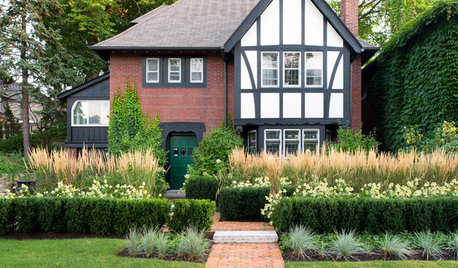
LANDSCAPE DESIGNHow Low Can Hedges Go? Discover Unusual Garden Borders
Short enough to step over, high enough to be a stretch ... check out these radically different hedge styles and tell us your opinion
Full Story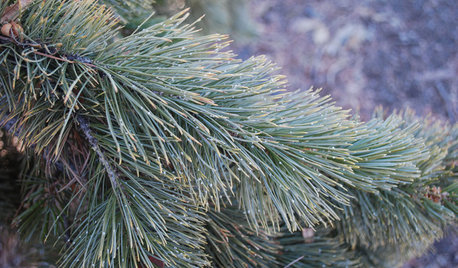
GARDENING GUIDESGreat Design Plant: Rocky Mountain Bristlecone Pine
Try this drought-tolerant small evergreen for its sculptural beauty and slow-growing nature
Full Story
GARDENING GUIDESBright Plants for Flower Beds That Wow
From new annual and perennial varieties to grasses, get dramatic with swaths of color
Full Story





realfroggie
TxMarti
Related Professionals
East Rancho Dominguez Landscape Architects & Landscape Designers · Saint Matthews Landscape Architects & Landscape Designers · McKinney Landscape Contractors · Waterbury Landscape Contractors · Cornelius Landscape Contractors · Ellensburg Landscape Contractors · Hilo Landscape Contractors · Oak Harbor Landscape Contractors · Selden Landscape Contractors · Setauket-East Setauket Landscape Contractors · Welby Landscape Contractors · Central Islip Window Contractors · Kearns Window Contractors · Seminole Window Contractors · Sunrise Window ContractorsPKponder TX Z7B
carrie751
bostedo: 8a tx-bp-dfw
Lynn Marie
PKponder TX Z7B
bostedo: 8a tx-bp-dfw